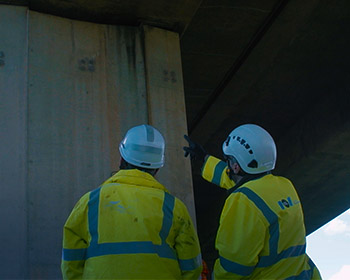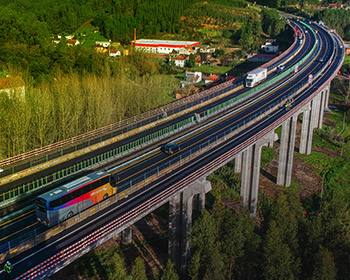Once an asset has reached the end of its useful life, or if the cost of a repair becomes prohibitive, replacement of highly deteriorated structural parts, or even of the entire structure, can be the best choice.
The decision to either repair or replace (part of) a structure must rely on sound technical and financial evaluations: every structure’s lifecycle reaches an end when the predicted costs to repair and to maintain for the required future use period exceed the capital expenditure (CapEx) for a replacement.
Some of the structural components that are highly exposed, and hence often require replacement, are:
- cable stays,
- bearings,
- expansion joints
- some types of post-tensioning tendons.
While many of these are today also designed for well over 50 years, historical components have shown to require structural replacement after much shorter service durations.
Other reasons for replacement of (parts of) structures might be general corrosion of concrete or steel structures (for example bridge decks) or changing functional requirements, such as replacing existing members with larger capacity ones.











